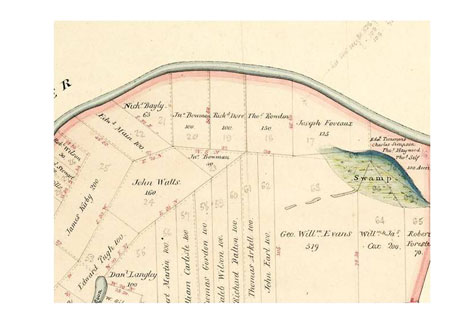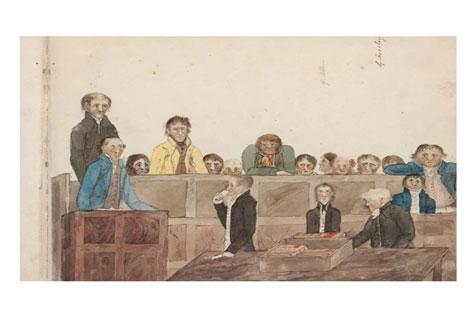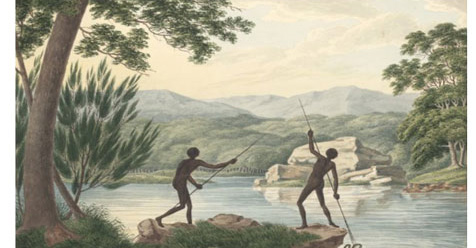Mobile options:
- Indigenous
- Courses
- Future Students
- RTO Programs
- The College
- English & Testing Programs
- Online Short Courses
- Microcredentials
- Undergraduate Degrees
- Online Courses
- Honours
- Postgraduate Degrees
- Doctorate (PhD)
- Research Degrees
- The Academy
- Application Pathways
- Bonus Points
- Aboriginal and Torres Strait Islander Courses
- International Programs
- New to Uni
- About
- Leadership and Governance
- Vice-Chancellor
- Senior Deputy Vice-Chancellor and Provost
- Deputy Vice-Chancellor and Vice-President (Education)
- Deputy Vice-Chancellor and Vice-President (Research, Enterprise and International)
- Senior Vice-President
- Vice-President (People & Advancement)
- Vice-President (Infrastructure and Commercial)
- Vice President (Finance) and Chief Financial Officer
- Departments A-Z
- Our History
- Competitive Intelligence & Analytics
- University Life
- Our Campuses
- Schools
- Institutes
- Business and Community
- Staff
- Careers
- Giving




